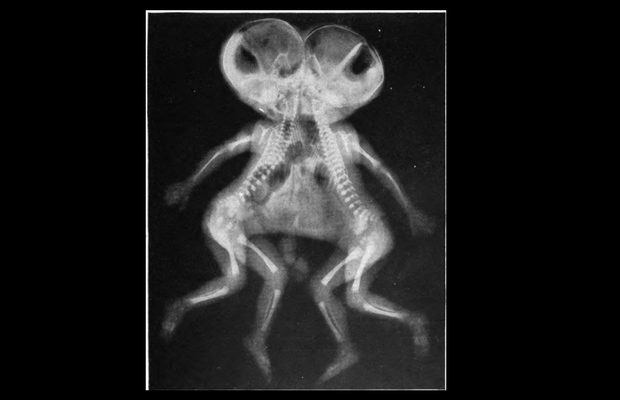The month of January is traditionally a time for lofty goals and new commitments. But in the midst of all the self-promises and good intentions, have you taken a moment to consider your anti-resolutions? Here, a few suggestions for things you can stop giving a crap about in 2016, because YOLO.
Forget losing those last 5 pounds
Sometimes making a healthy weight loss goal is what's needed to kick you into gear. But if this is the umpteenth year in a row you've pledged to shed those final 5 pounds, and you're already moving plenty and eating your veggies, maybe it's time to just… let those 5 pounds be?
Give yourself a break from the endless pressure to be just a little bit thinner. That's what Jenna Bush Hager decided to do after she found a New Year's diary entry by her fourth-grade self. Scrawled in cursive across the pink page, number one on her resolution list reads: "Loes [sic] 4 pounds. That broke my heart," the journalist and mom of two girls said on the Today show earlier this week. "That's probably been on my list in some form or another for 25 years."
RELATED: 12 Worst Habits For Your Mental Health
Instead of obsessing over some arbitrary number on the scale, focus on how you feel in 2016. Exercise because moving gives you energy, and boosts your mood. Eat cleaner because you want to think clearly, and sleep soundly. You might still end up slimmer by December, but for all the right reasons, which means you'll be happier and healthier above all.
Forget the guilt that comes with saying "no"
Repeat after Elsa: Let it go, let it goooo! Seriously, those pangs of guilt you feel when you turn down a request (from a friend, your car pool mate, a third cousin) mean you're on the right track. Every time you say no to someone else because you don't have time to do whatever is they're asking, or your heart simply isn't in it, you are saying yes to yourself. And self-care isn't selfish. It is essential.
Does just the thought of uttering "no" trigger a guilt trip? If so, Gail Saltz, MD, Health's contributing psychology editor, recommends practicing this bulletproof response: "Thanks for thinking of me. I appreciate the vote of confidence, but I've got a lot on my plate, and I can't fit this in right now." End of story. Move on.
RELATED: Foods to Boost Your Mood
Forget measuring up to other people's lives
Between the nip-tucked pics of models on Instagram (take Chrissy Tiegen's word for it: "I've seen these women in person, they are not like that") and the carefully curated and filtered snaps of "friends" in your Facebook feed, it's easy to fall into the Why-don't-I-look-that-hot/happy? trap. (Is it any surprise that research has linked Facebook to depressive symptoms?) But in the year ahead, vow to give fewer craps about other people's selfies. Forget making comparisons between you and them. For the next 12 months, you just do you, and see how refreshing it feels.
While you're at it, you might want to start caring less about your own selfies, too. When your get preoccupied with creating the perfect image of your brunch/vacation/girl squad, your lose out on some of the joy in that moment, explains Dr. Saltz.
One worthy exception: the healthie, in which you photo-brag about, say, your yoga headstand, or your spiralized cucumber noodles. "Occasionally patting yourself on the back for health achievements on social media can propel you to keep them up," Dr. Saltz says, "especially if you get reinforcement from friends like 'Go you!'"
RELATED: Happiness Really Is Contagious, Study Finds
Forget all those "shoulds" in your head
You know the thoughts: I should be more present with my family / putting in extra hours at work / having frequent fantastic sex. It seems like everyone else is accomplishing so much (thanks again, Facebook!). The fear of falling short becomes habitual, Dr. Saltz explains, and can even turn into shame: We end up feeling that we're crappy mothers, employees, partners and friends, when just the opposite is true, she says. You are doing the best you can, and that is plenty good enough. Here's an assignment for that bossy inner-critic of yours: quit using the word "should."
Forget perfectionism
Consciously, you know you're not perfect, of course, and that nobody is. But like most of us, you're probably still haunted by your flaws, right? "There is no such thing as perfection and yet so many people exhaust themselves and erode their confidence in the pursuit of it," writes happiness expert Dominique Bertolucci in her book The Kindess Pact ($12; amazon.com), published last year. She urges us to shed that burden, and accept our imperfections once and for all. Only then, she says, will you be free to employ your positive qualities to their fullest. In other words, acknowledging your weaknesses will actually make you stronger.
If you make no other changes in 2016, at least take Bertolucci's advice, and adopt her mantra as your own: "I am perfectly imperfect." Just the way you are.

















